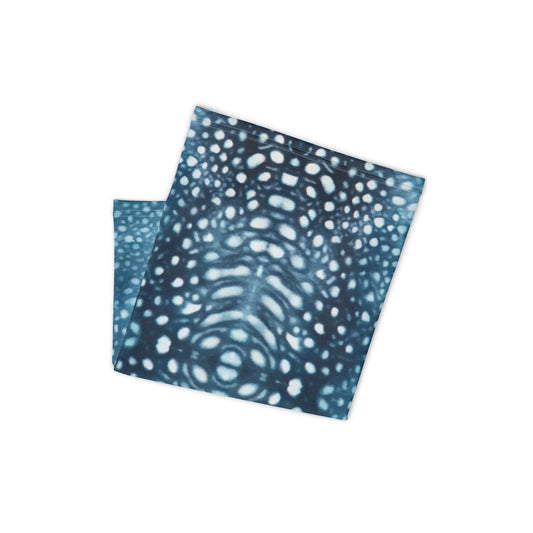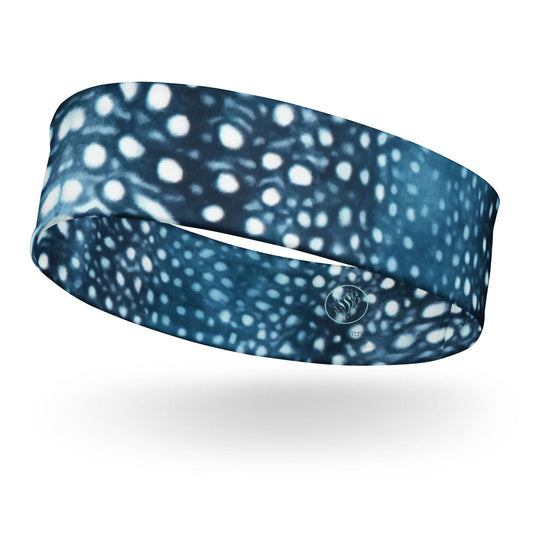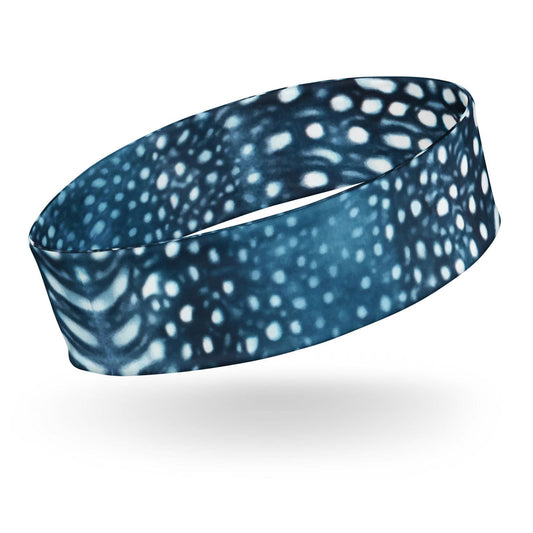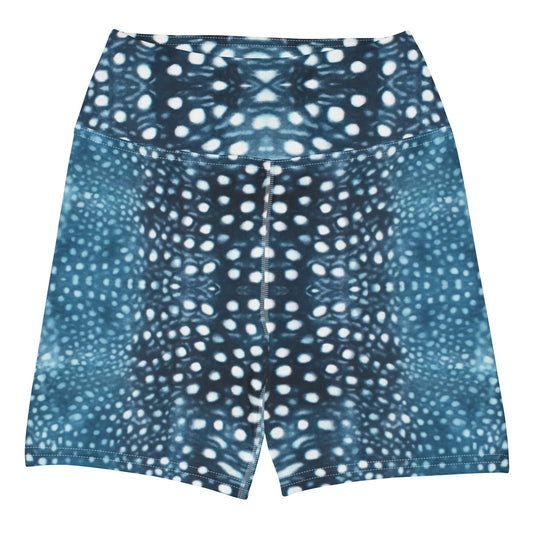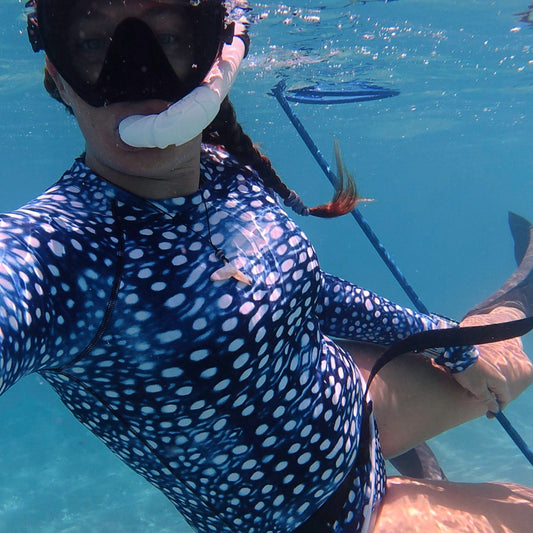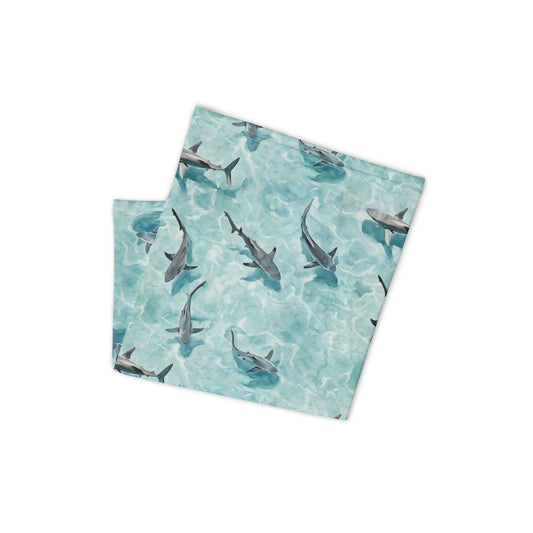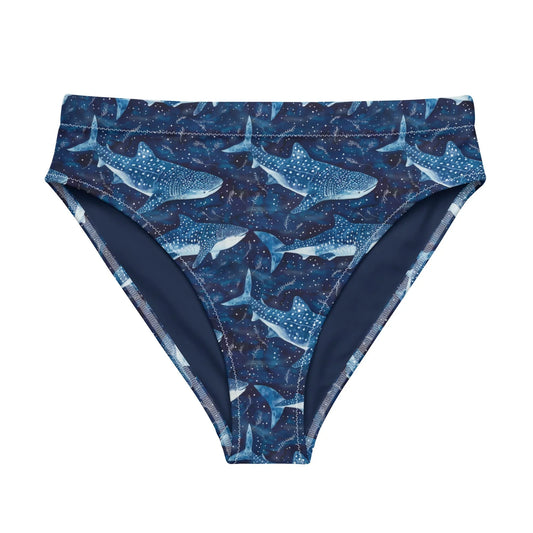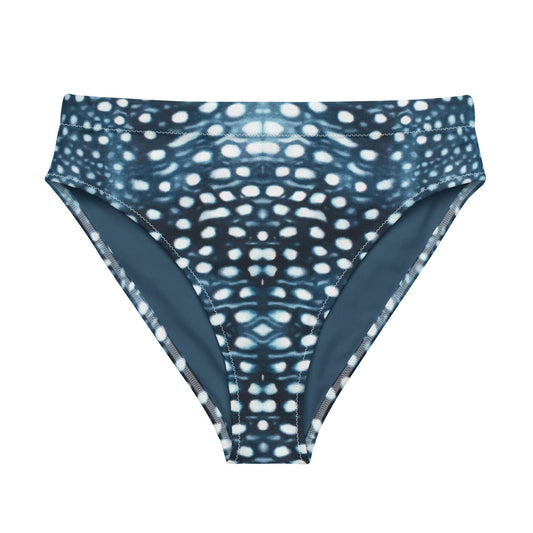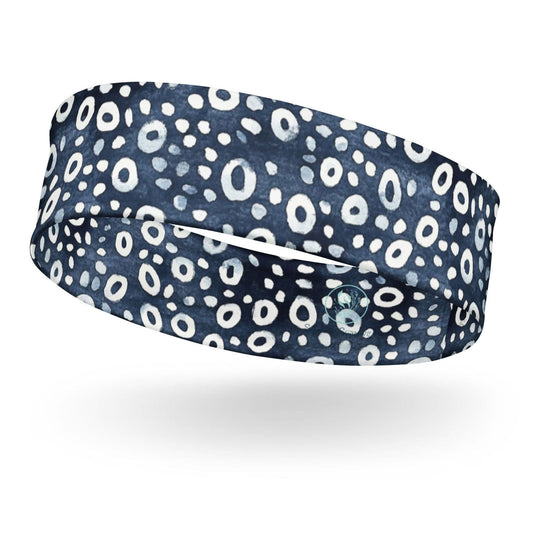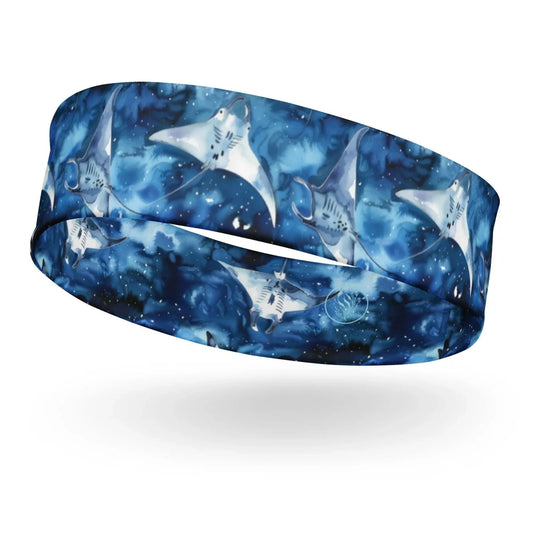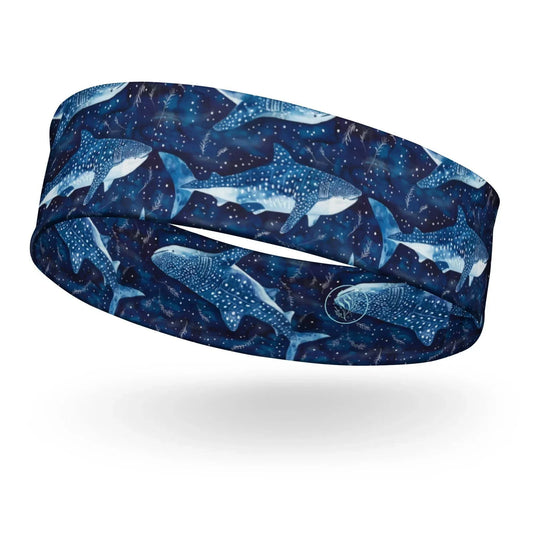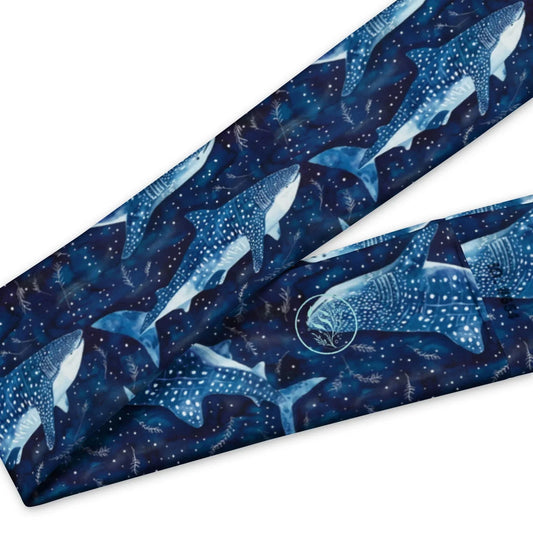
Shark Diving Safety Tips for Scuba Divers, Freedivers & Snorkelers
Angela ZancanaroShare
Shark diving is one of the most exhilarating ways to experience the wonders of the ocean. Encountering majestic sharks and graceful rays up close is awe-inspiring, but it’s also an adventure that requires preparation and respect. By following these essential guidelines, you can ensure your safety while contributing to the protection of these incredible creatures.
Dress Smart for Safety

Your attire can make a big difference in how sharks perceive you. While some believe bright colors like yellow attract sharks, in my experience, it’s more about the contrast between light and dark colors. White, which resembles the bellies of many fish, can be particularly eye-catching to sharks. To minimize attraction, opt for muted tones, blacks or blues to blend in with the surroundings.
Wearing a full wetsuit and dark gloves is advisable to cover exposed skin, reducing the chance of a mistaken nip. Additionally, stow away shiny objects such as knives or reels, as they can mimic the glint of fish scales. The reflection from cameras are also something that can catch the attention of a passerby. Be aware and stay alert.
Educate Yourself Before the Dive
Preparation begins with knowledge. Research the local shark species and their typical behaviors. Sharks are products of their environment, and their behavior can vary greatly depending on the location. The types of sharks you encounter and their responses to divers will differ between regions, so listen to your local shark guide for specifics about your dive site.
Listen to the briefing and ask questions. Will bait be used during the dive? Are the sharks territorial? Which way is the current going? Understanding these details ensures you’re ready for the environment before you’re entering.
Be Cautious When Entering and Exiting the Water

One of the most vulnerable times for divers and snorkelers is during surface entries and exits. Floating at the surface can resemble prey behavior, especially from below. Dead animals and bait often float, and this can trigger exploratory behavior from sharks.
Whenever possible, enter and exit the water calmly and quickly. Avoid splashing, and keep an eye on your surroundings. If you're snorkeling, try to stay horizontal and relaxed rather than upright and kicking. Divers should descend as soon as safely possible to move out of that high-visibility surface zone.
Maintain Eye Contact

Maintaining eye contact can be surprisingly powerful when interacting with sharks. Sharks are cautious by nature and often prefer to approach from behind or the side, where they feel less seen. If a shark knows you're aware of its presence, it's less likely to come in close or act unpredictably. Turning to face the shark calmly and keeping it in your line of sight shows confidence and awareness without aggression.
Keep your head on a swivel and gently track its movement. If there is more than one shark in the water then keep your eyes on the shark closest to you. Sharks are less likely to feel emboldened when they know you're watching.
Move Smoothly and Calmly
Sharks are highly attuned to movement.Breathe calm steady breaths and practice smooth, controlled fin strokes while maintaining good buoyancy to avoid startling the sharks or disrupting the reef. Erratic or thrashing movements can mimic the behavior of wounded prey, drawing unwanted attention. This applies to both scuba diving and snorkeling excursions.
Respect Marine Life

The golden rule of shark diving is simple: observe, don’t interfere. Always give sharks and rays plenty of space to move freely. Never attempt to touch or grab these creatures, even if they seem docile. Sharks, like nurse sharks, can react defensively if provoked.
Respect extends to their habitat as well. Maintain good buoyancy to avoid damaging corals or disturbing the seabed, and always leave the environment as you found it.
Be Mindful Around Chum

If bait is used during your dive, position yourself carefully. Stay upstream or to the side of chum trails to avoid being mistaken for food. Pay attention to the sharks’ body language—they may become more aggressive in the presence of bait. Staying alert and positioning yourself strategically minimizes risk.
Learn to Read Shark Behavior

Sharks communicate through subtle body language. For example, grey reef sharks may exhibit threat postures such as arched backs or lowered pectoral fins when they feel threatened. Recognizing these signals allows you to back away calmly, giving the shark space to de-escalate.
Be a Steward of the Ocean
Shark diving isn’t just an adventure—it’s an opportunity to act as an ambassador for marine conservation. Choose dive operators that prioritize sustainable and non-invasive practices. Feeding sharks, for instance, can alter their natural behaviors and make them dependent on humans.
Take care to avoid harming the reef or marine life. Supporting ethical diving practices ensures these ecosystems remain vibrant and healthy for generations to come.






